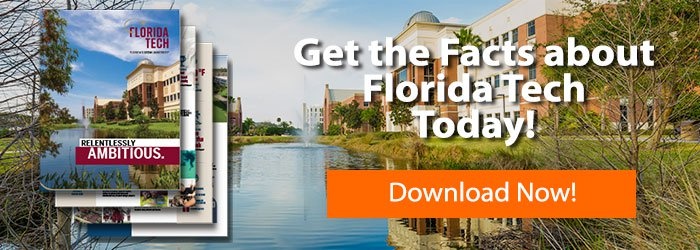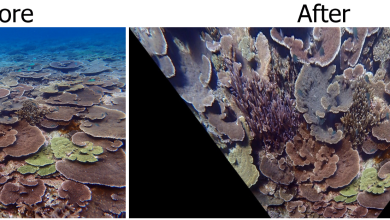South Slough
Tuesday, May 15 – The Biological Oceanography students from Florida Tech visited the South Slough National Estuarine Research Reserve (SSNERR), which was the first reserve in the nation-wide estuarine research reserve system. We had a mix-up on the meeting time, but the South Slough staff scrambled and accommodated us in excellent fashion.
Our interpreter was Tom Gaskill, a Master Naturalist and director of the Slough’s educational program.
Tom took us on a four hour hike starting at nature center, which is located at the top of the riparian system.

Florida Tech Biological Oceanography students were able to observe multiple shifts in vegetation as we worked our way down through the different elevations – highland…

… lowland …

… freshwater marsh, and, finally…

… saltwater marsh. It was great to have the identity of common trees revealed to us and the names of songbirds based on sound alone.



The vistas were grand, but the sights were equally enthralling when you looked close at a rock or a mossy log. The skunk cabbage signaled our descent into freshwater shady wetlands. In the salt-marshes, Tom educated us about local invasive species issues, such as Japanese Eel Grass, and also the effort to restore the tidal salt-marshes which were diked for pasture land by early settlers.
Some of the oldest trees in the local forest may be found here, approaching 200 years old, but still having grown since the first western settlers came and cleared the land – even these enormous trees are not really “old growth.”










